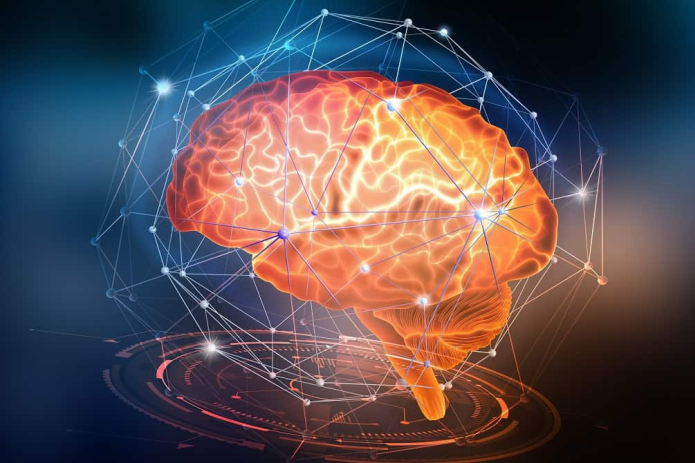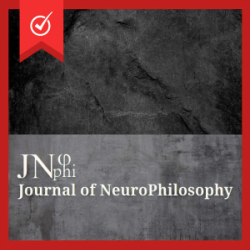Depersonalization Puzzle: A New View from the Neurophenomenological Selfhood Perspective
Abstract
While there is still a limited understanding of the Selfhood phenomenon, an emerging consensus is that the experiential Selfhood refers to a sense of the undergoing experience in its implicit first-person mode of givenness that is immediately and tacitly given as “mine”. It is also evident that there are phenomenological disruptions within self-consciousness ranging from normal everyday short-lived dissociative episodes to pathological, intense and prolonged forms of dissociative experience classified as depersonalization disorder (DD). In the present study we explored the neurophenomenology of Selfhood (using the recently introduced neurophysiological three-dimensional construct model of experiential Selfhood, Fingelkurts et al., 2020) in a newly diagnosed and untreated 29-year-old female who suffers from DD. According to the triad model of Selfhood, three major components of Selfhood (phenomenal first-person agency – “Self”, embodiment – “Me”, and reflection/narration – “I”) are related to three operational modules (OMs) of the self-referential brain network (reliably estimated by electroencephalogram operational synchrony analysis). We have found that subject with DD exhibited a strong enhancement of functional integrity of the brain Self-module, a moderate decrease in the functional integrity of Me-module, and a pronounced decrease in the functional integrity of I-module, – all of which were associated with severity of specific DD symptoms.
Keywords:
Self-referential brain network (SRN), Default-mode network (DMN), Subjective sense of self, First-person perspective, Electroencephalogram (EEG), Alpha rhythm, Operational synchrony, Functional connectivity, Depersonalisation Disorder (DD), dissociative episodes, triad model of Selfhood,, Self-Me-IDownloads
Metrics
References
Aderibigbe YA, Bloch RM and Walker WR. Prevalence of depersonalization and derealization experiences in a rural population. Social Psychiatry and Psychiatric Epidemiology 2001; 36(2): 63–69.
American Psychiatric Association. Diagnostic and Statistical Manual of Mental Disorders (5th ed.). Arlington, VA: American Psychiatric Publishing, 2013.
Andersen SB, Moore RA, Venables L and Corr PJ. Electrophysiological correlates of anxious rumination. International Journal of Psychophysiology 2009; 71: 156-169.
Beck AT, Epstein N, Brown G and Steer RA. An inventory for measuring clinical anxiety: Psychometric properties. Journal of Consulting and Clinical Psychology 1988; 56(6): 893–897.
Blanke O and Metzinger T. Full-body illusions and minimal phenomenal selfhood. Trends in Cognitive Sciences 2009; 13(1): 7–13.
Downloads
Published
How to Cite
Issue
Section
Categories
License
Copyright (c) 2022 Andrew Fingelkurts, Alexander Fingelkurts

This work is licensed under a Creative Commons Attribution-NonCommercial-ShareAlike 4.0 International License.
Authors continue to hold copyright with no restrictions.




